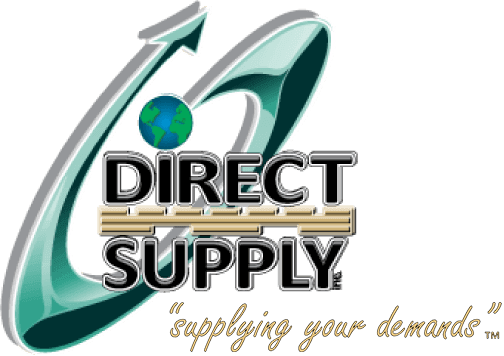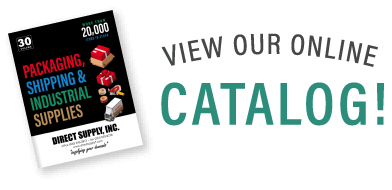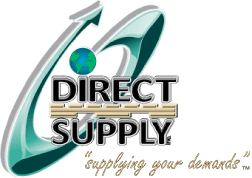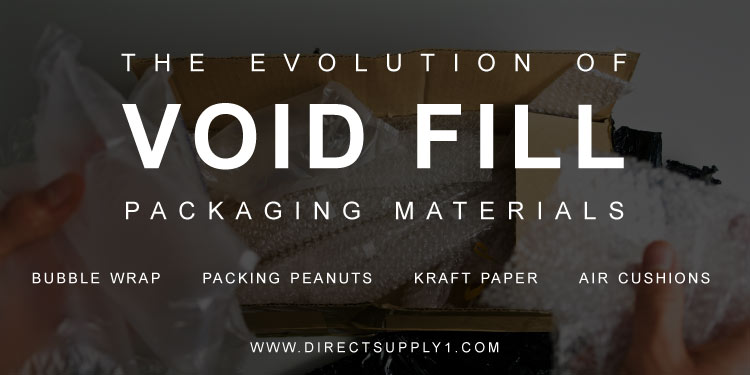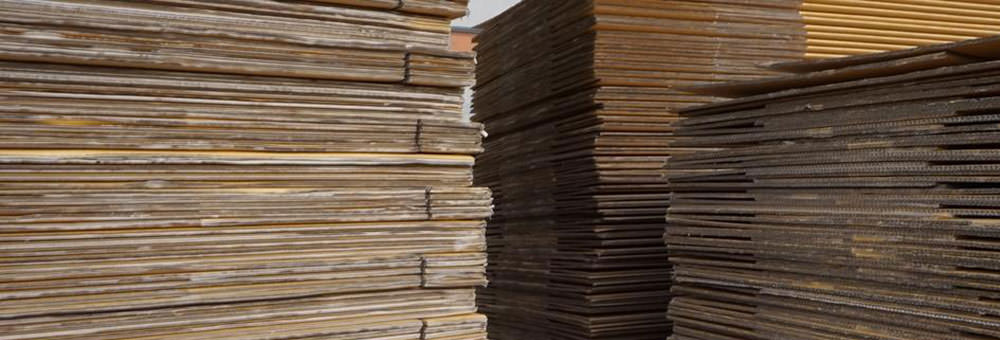Packaging
We Get Results for Our Customers
Direct Supply is always quick to respond to any of our needs. They are eager to please and in all the years we’ve worked with Anthony (Direct Supply), he has literally never let us down. I wish all my suppliers had this type of old fashion work ethic. Once the ball is in their court, I don’t have to worry. It’s that simple.
Beth Patrick, Caveo Products
For me, it’s all about partnering with a vendor you trust, respect, and genuinely enjoy working with not just on a business level, but a personal one as well…and at the end of the day Direct Supply has proven to me time and time again that I didn’t make a wrong choice when selecting my industrial supply vendor.
David, Rotics Manufacturing
Since I started doing business with Direct Supply, I realized one thing…their drive for my satisfaction was priceless. Something that can never be price matched or beaten. Sometimes it’s the intangibles that hold the most value, at least for me it does!
John Vavalle, G&M
Direct Supply makes my job easier. Whatever I need, whenever I need it…they take care of it.
Al Kator, Bandwidth Simplified
Direct Supply, Inc.
Locations Served: Bartlett, Elgin, Hanover Park, Streamwood, Wayne
800 Schneider Drive South Elgin, IL 60177
Fax: 224-535-9378
Email: info@directsupply1.com
Locations Served: Bartlett, Elgin, Hanover Park, Streamwood, Wayne
© Direct Supply, Inc. 2024 All Rights Reserved | Sitemap | Privacy Policy
